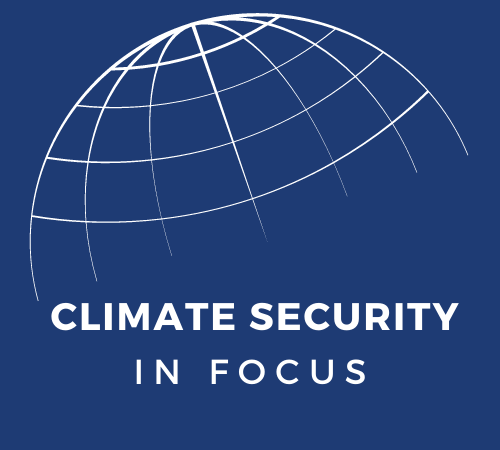
Domestic Preparedness
Domestic preparedness is a critical component of both national and climate security. The U.S. domestic preparedness system has been shaped by seminal events like 9/11, Hurricane Katrina, and Hurricane Sandy, and is evolving still with the response to COVID-19. At its core, domestic preparedness is guided by the Stafford Act and the frameworks outlined in Homeland Security Presidential Directive 5 and Presidential Policy Directive 8. Together, these policies provide guidance on how the nation prevents, protects, responds, mitigates, and recovers from a range of threats and hazards. Correspondingly, the National Preparedness Goal, last updated in 2015, and the National Response Framework further divide preparedness activities into five mission areas and 32 core capabilities which are necessary to achieve national preparedness.
A myriad of national level preparedness and resilience activities have occurred since President Biden’s January 2021 Executive Order that elevated climate change as a national priority. From rejoining the Paris Agreement, to Federal Agency Climate Adaptation and Resilience Plans and the Federal Sustainability Plan, the U.S. government has placed addressing climate security challenges at the center of domestic and foreign policy. A bipartisan group of lawmakers recently followed suit by introducing legislation that would, among other things, require the federal government to develop a National Climate Adaptation and Resilience Strategy. The legislation also creates a Chief Resilience Officer position in the White House that would be responsible for directing a whole-of-government effort to build resilience to climate change vulnerabilities. Similarly, the House Sustainable Energy and Environment Coalition launched three task forces focused on incorporating climate into the next farm bill and next iterations of the defense policy and appropriation bills, as well as addressing clean energy goals associated with the bipartisan infrastructure law. All these actions have been undertaken with the ultimate end goal of a more prepared and resilient nation. But how all of these efforts work together to enhance domestic preparedness and resilience remains unclear.
As we have seen over the past several years, impacts from climate change are much more complex, and are no longer exclusive to “seasons” or historical weather patterns. A key element of the existing domestic preparedness system is the strategic framing around episodic disasters, incidents, and emergencies. Compartmentalizing domestic preparedness and resilience may have made sense in the past but is less effective for climate risks and hazards that permeate and exacerbate every aspect of the system. Since climate change functions as both a threat multiplier and a threat underlier, it aggravates existing risks and hazards while simultaneously creating new ones. Scientists are concerned that weather is becoming harder to predict, and communities are too frequently still addressing the last incident while trying to prepare for the next. Furthermore, compounding emergencies and chronic states of disaster have taxed the domestic preparedness system and its professional core like never before, leaving little time or bandwidth for recovery. According to the Federal Emergency Management Agency (FEMA) 2022-2026 Strategic Plan, “Compared to the years preceding 2017, for the past four years, FEMA has had more than twice as many staff deployed every day. By November of 2020, FEMA was managing six times as many Stafford Act Events (166 emergency and major disaster declarations vs. 26), and responses to fire incidents were up 120% across the nation.” Impacts from climate change have not only required coinciding responses, they have also negatively impacted training and exercises for the very personnel responsible for the planning, management, and response itself. Integrating climate into the current domestic preparedness system simply won’t be enough to adequately address climate change requirements. The existing system, frameworks, and strategies can better reflect the new operational reality by reframing domestic preparedness around climate mitigation, adaptation, and resilience.
Since the U.S. is the only G20 nation without a National Climate Adaptation and Resilience Strategy, passing the required legislation could be a key component in recognizing how climate change has fundamentally altered the domestic preparedness landscape, while also helping to connect the dots between fragmented federal actions on climate. Likewise, updating the National Preparedness Goal is a natural step to institutionalize climate language and concepts, as well as helping to address existing deficiencies. By acknowledging how and what we are preparing for has shifted, we can enhance our domestic preparedness and truly build a more resilient nation.
Climate Security in Focus is a blog series dedicated to exploring key elements of climate security that impact American interests both at home and abroad. The series aims to examine specific aspects of climate security issues in order to better understand climate policy challenges, facilitate conversation, and generate ideas.





